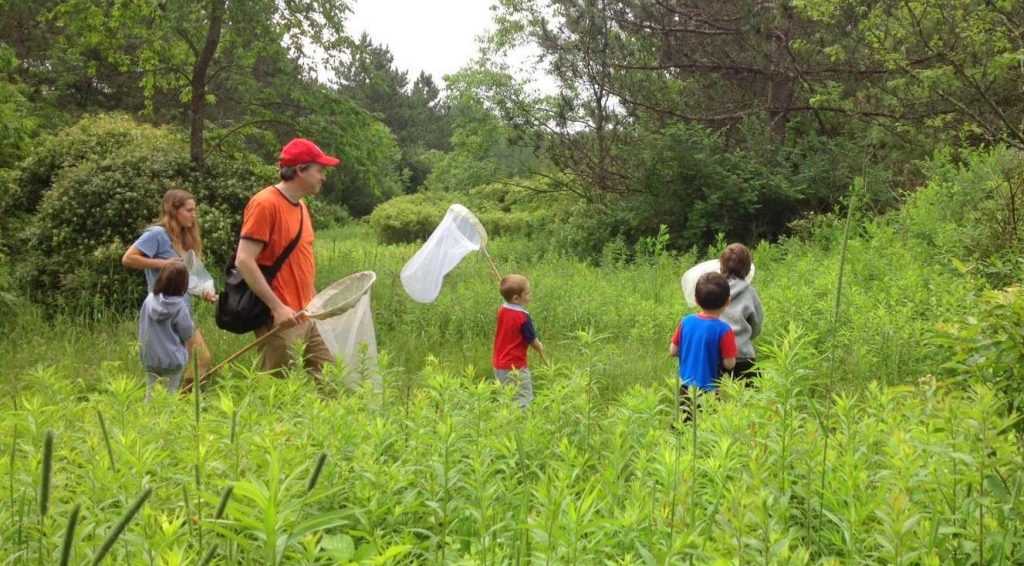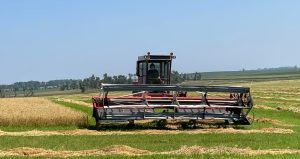PIERRE, S.D. – When we think of practicing conservation, we think of ranches and farms and forests and how it benefits people who manage those landscapes.
But in reality, practicing conservation benefits everyone – from the land holder, to public lands to a cleaner and safer environment in counties and towns.
South Dakota is now recognized as a leader in that level of conservation practice and care; highlighted in a new online map and a national poll.
The mapping tool shows that over seven million acres in South Dakota are enrolled in the USDA’s Conservation Stewardship Program, (CSP) making the state number one in the nation.
CSP encourages ag producers and others to enhance and build upon existing conservation efforts. It is a voluntary program that pay ranchers, farmers, foresters and counties and communities for the conservation they already do on their operations or communities and for implementing new practices
Alongside this map, a new poll from the National Wildlife Federation reveals strong rancher, farmer and forester support for conservation. About 75% of nearly 500 producers surveyed across the United States believe that long-term funding for voluntary USDA conservation programs should be increased. These programs help make ranches, farms and forestry more resilient to challenges like drought and flooding….in addition to the communities they serve.
Aviva Glaser, senior director of agriculture policy for the National Wildlife Federation, says this support is consistent no matter where producers live.
The timing is important because Congress is currently discussing the next Farm Bill, which decides future funding for these conservation efforts. Although conservation has usually had bipartisan support, budget cuts and another Trump administration tax bill may make it harder to secure funding this year.
Conservation practices help more than just ag producers. They also protect the environment and save money for communities. For example, buffer strips planted along fields can stop harmful chemicals like nitrates from entering rivers and lakes. Making range, farm and forest land stronger against floods helps reduce the cost of disaster cleanup in nearby towns.





